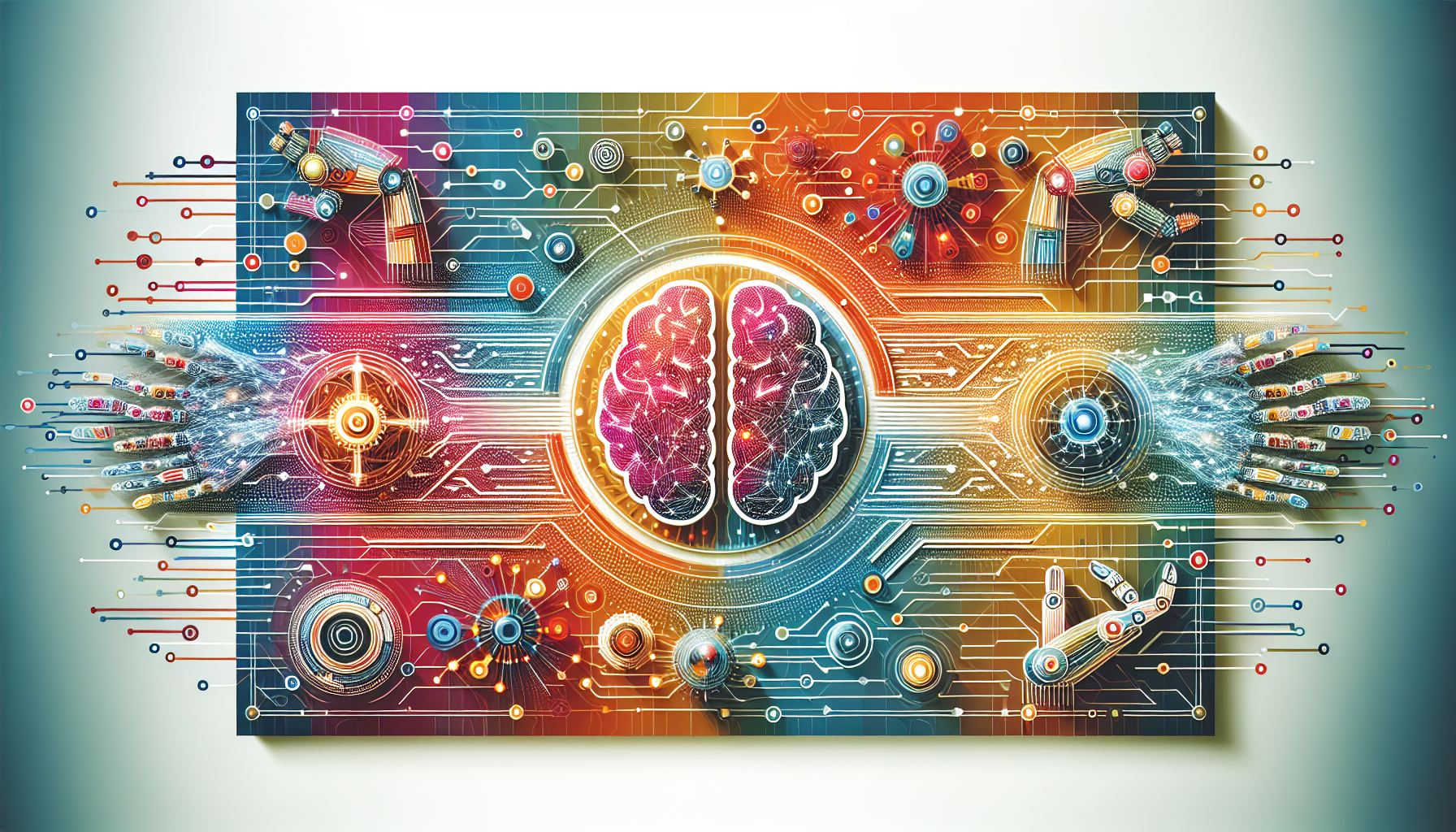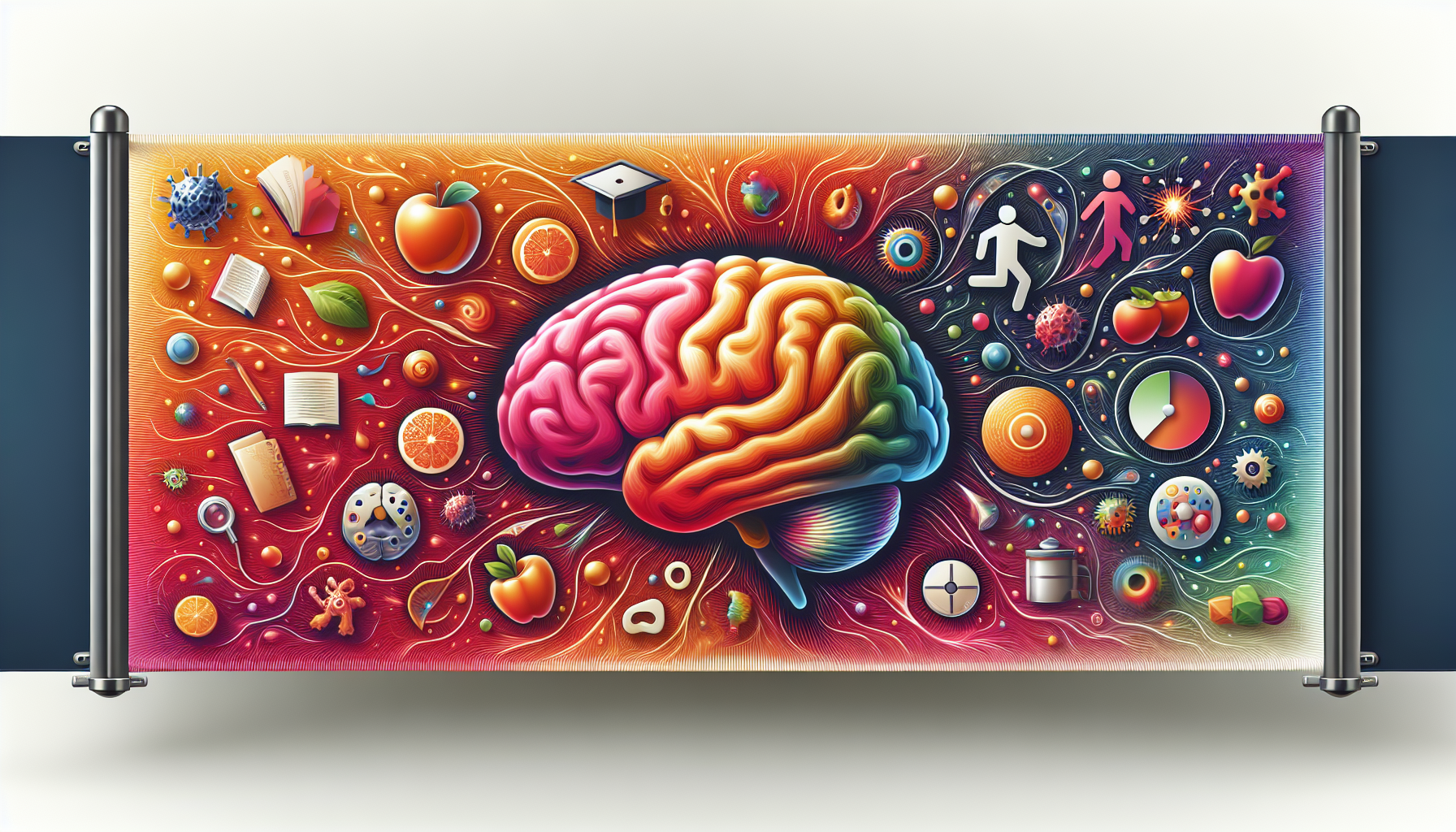On this page
Pamela Meyers' TED talk discusses the concept of lying and deception, highlighting its universal nature and the science behind it. The talk focuses on why people lie, how to identify lies, and the importance of building trust. The speaker delves into the impact and nature of lying, its evolutionary value, and how it develops throughout human growth stages. The concept of a 'post-truth society' is introduced, characterized by various forms of deception. Patterns of deception in speech and body language are discussed, along with the importance of identifying discrepancies between words and actions. The talk concludes with specific characteristics of deceptive people and the role of gestures in deception.

How does it apply to you?
Understanding the science of lying is not just for catching liars. It can also help you navigate complex social situations, build trust, and promote honesty. Whether you're dealing with a difficult co-worker, negotiating a contract, or simply trying to understand the actions of those around you, these skills can be invaluable.
Applied Learning to Developer Enablement
The concept of 'Liespotting' can be applied to software development and learning in a software development organization in several ways:
- Improving Communication: Understanding the patterns of deception in speech and body language can help improve communication within the team. Team members can be trained to identify these patterns, leading to more honest and open conversations.
- Building Trust: The goal of liespotting is not to catch people in their lies, but to build trust. This is crucial in a software development team where trust between team members can lead to better collaboration and more effective problem-solving.
- Enhancing Security: Understanding the nature and impact of lying can help in developing more secure software. For instance, knowing how deception works can aid in creating systems that are less susceptible to social engineering attacks.
- Professional Development: The ability to spot lies and understand the science behind deception can be a valuable skill for professionals in any field, including software development. This knowledge can be used in situations such as job interviews, negotiations, and team meetings.
- Creating a Culture of Honesty: By understanding our susceptibility to deception and the evolutionary value of lying, organizations can work towards creating a culture of honesty. This can involve promoting transparency, encouraging ethical behavior, and providing training on the importance of honesty in the workplace.
Developer Checklist
Understanding Deception
Developing Deception Detection Skills
Summary
Introduction to the Concept of Lying
The speaker initiates the talk by highlighting the universal nature of lying, stating that everyone has lied at some point. She mentions that the focus of the talk will be on understanding why people lie, how to identify lies, and the importance of transitioning from spotting lies to seeking truth and building trust. The speaker also humorously notes that since writing her book 'Liespotting', people have been hesitant to meet her in person.
The Objective of Liespotting
The speaker clarifies that the goal of liespotting is not to catch people in their lies but to understand the science behind deception. Liespotters use this knowledge to navigate difficult conversations and situations, and they recognize that lying is a cooperative act—it only holds power when someone agrees to believe the lie.
The Impact and Nature of Lying
The speaker discusses the effects of deception, noting that not all lies are harmful and sometimes are used to maintain social dignity or protect secrets. However, when people become unwilling participants in deception, it can have serious consequences, such as corporate fraud, national security breaches, and personal harm. The speaker uses the example of a con man, Henry Oberlander, to illustrate the potential severity of deception.
Understanding Our Susceptibility to Deception
The speaker suggests that our susceptibility to deception is often linked to our desires and insecurities—we are more likely to believe lies that align with our wishes and fantasies. The speaker also shares some statistics about the prevalence of lying, including how often people lie in a day and the contexts in which they are more likely to do so.
The Complexity of Lying
The speaker concludes this section of the talk by emphasizing the complexity of lying. It is deeply woven into our daily lives and our attitudes towards truth are often ambivalent. We may be against lying in principle, but we also sanction it in certain situations. This duality is part of our culture and history.
Evolutionary Value of Lying
Lying is discussed as having evolutionary significance for humans as a species. Intelligence and the propensity for deception are linked, with the larger the neocortex of a species, the more likely it is to be deceptive. This is exemplified by the story of Koko the gorilla, who was taught sign language and used it to blame her kitten for damage she caused.
Development of Deception in Human Growth
The development of deceptive behavior throughout human growth stages is discussed, starting from infancy where babies fake cries for attention, to childhood and adolescence where lying, concealment, bluffing, manipulation through flattery and cover-ups become more sophisticated. By adulthood, it's suggested that one out of every five interactions with a parent involves a lie.
Post-Truth Society
The concept of a 'post-truth society' is introduced, characterized by deception in the form of spam emails, fake digital identities, partisan media, identity theft, and Ponzi schemes. It's described as a confusing world, but one where trained 'liespotters' can discern the truth 90% of the time, compared to an average accuracy of 54% for untrained individuals.
Patterns of Deception: Speech
The patterns of deception in speech are discussed using the example of former US President Bill Clinton's denial of his affair with Monica Lewinsky. Features of deceptive speech noted include non-contracted denials, distancing language, and qualifying language. The repetition of the question in its entirety or providing too much detail are also considered signs of deception.
Patterns of Deception: Body Language
Body language as a pattern in deception is discussed. Contrary to popular belief, liars are known to freeze their upper bodies when lying, maintain eye contact, and may even exhibit warm and sincere smiles. However, a trained liespotter can differentiate between a real smile and a fake one by looking at the crow's feet of the eyes, which cannot be consciously contracted.
Identifying Discrepancies
The importance of identifying 'hot spots', or discrepancies between someone's words and actions, is stressed. An honest person's attitude is cooperative, enthusiastic, and helpful, showing a willingness to brainstorm, name suspects, provide details, and express outrage if wrongly accused.
Characteristics of Deception
Deceptive people often exhibit specific behaviors. They might appear withdrawn, look down, lower their voice, pause, and be inconsistent in their movements. When asked to recount their story, they often include excessive and irrelevant detail, and present their account in strict chronological order. Trained interrogators use subtle techniques over several hours, such as asking the suspect to tell their story in reverse, to identify signs of deception.
The Role of Gestures in Deception
Gestures play a significant role in deception. People typically rehearse their words but not their gestures, leading to inconsistencies that can reveal deception. For instance, a person might say 'yes' while shaking their head 'no', or appear to tell a convincing story while subtly shrugging their shoulders. This mismatch between verbal and non-verbal communication can be a strong indicator of deceit.
Duping Delight
Duping delight is a term used in the field of deception detection to describe the subconscious display of delight by deceivers when they believe they have successfully fooled someone. This can manifest as a slight smile or smirk, and is often a significant indicator of deception.
Contempt Expression
Contempt is a particularly dangerous facial expression that can indicate deception. It is marked by one lip corner being pulled up and in, and is the only asymmetrical expression. Contempt indicates a sense of moral superiority and dismissal, making it hard for a relationship to recover once it is displayed.
Other Indicators of Deception
There are numerous other potential indicators of deception. For instance, liars may alter their blink rate, point their feet towards an exit, place barrier objects between themselves and the person interviewing them, or lower their vocal tone. However, these behaviours are not definitive proof of deception, but rather red flags that should trigger further investigation.
Approach to Spotting Lies
In spotting lies, it's important to look for clusters of deceptive behaviors rather than isolated instances. It's also crucial to ask probing questions, maintain curiosity, and treat the person with respect. Aggressive interrogation tactics are generally not effective.
Truth vs Lies
The contrast between truth and lies can be stark, as demonstrated by videos of two mothers, one of whom is lying and the other telling the truth. The lying mother, who claimed a stranger shot her children, showed a significant discrepancy between the horrific event she described and her calm demeanor, a classic sign of deception.
Traumatic Memory
A person recounts a traumatic experience where they saw a woman named Christie bleeding profusely from her mouth. They express their constant struggle with this memory, indicating that it haunts them and they doubt it will ever fade away.
Mother's Grief
A video is shown featuring Erin Runnion, a grieving mother confronting her daughter's murderer in court. Her emotions are raw and authentic, expressing the agony of losing her child in such a horrific manner. She speaks of the anniversary of her daughter's death, her daughter's struggle during the ordeal, and her inability to comprehend the murderer's actions.
Advancements in Lie Detection Technology
Discussion about the advancements in technology related to lie detection. This includes specialized eye trackers, infrared brain scans, and MRIs. These tools decode bodily signals when a person is being deceptive. The technology will eventually be marketed as solutions for detecting deceit and will prove useful. However, the speaker suggests that it's more beneficial to have someone trained in detecting lies than relying solely on the technology.
Public Living and Oversharing
The speaker discusses the current era where people choose to live their lives in public due to the prevalence of blogs and social networks. They caution that oversharing is not honesty and remind that human decency, character, and integrity still matter. The speaker suggests being more explicit about our moral code in this noisier world.
Promoting Honesty
Combining the science of recognizing deception with the art of observing and listening can help in promoting honesty. The speaker encourages the audience to create an honest world where truth is strengthened and falsehood is recognized and marginalized. They believe that this will cause a positive shift in one's surroundings.
FAQs
What is the main objective of liespotting? The goal of liespotting is not to catch people in their lies but to understand the science behind deception. Liespotters use this knowledge to navigate difficult conversations and situations, recognizing that lying is a cooperative act—it only holds power when someone agrees to believe the lie.
What are the potential consequences of deception? When people become unwilling participants in deception, it can have serious consequences, such as corporate fraud, national security breaches, and personal harm.
How is our susceptibility to deception linked to our desires and insecurities? We are more likely to believe lies that align with our wishes and fantasies.
How is lying related to evolutionary significance? Lying is discussed as having evolutionary significance for humans as a species. Intelligence and the propensity for deception are linked, with the larger the neocortex of a species, the more likely it is to be deceptive.
What is the concept of a 'post-truth society'? The concept of a 'post-truth society' is characterized by deception in the form of spam emails, fake digital identities, partisan media, identity theft, and Ponzi schemes. Trained 'liespotters' can discern the truth 90% of the time, compared to an average accuracy of 54% for untrained individuals.
What are the features of deceptive speech? Features of deceptive speech include non-contracted denials, distancing language, and qualifying language. The repetition of the question in its entirety or providing too much detail are also considered signs of deception.
How can body language be a pattern in deception? Liars are known to freeze their upper bodies when lying, maintain eye contact, and may even exhibit warm and sincere smiles. However, a trained liespotter can differentiate between a real smile and a fake one by looking at the crow's feet of the eyes, which cannot be consciously contracted.
What is the importance of identifying 'hot spots' in liespotting? Identifying 'hot spots', or discrepancies between someone's words and actions, is important. An honest person's attitude is cooperative, enthusiastic, and helpful, showing a willingness to brainstorm, name suspects, provide details, and express outrage if wrongly accused.
What behaviors do deceptive people often exhibit? Deceptive people often appear withdrawn, look down, lower their voice, pause, and be inconsistent in their movements. When asked to recount their story, they often include excessive and irrelevant detail, and present their account in strict chronological order.
What role do gestures play in deception? Gestures play a significant role in deception. People typically rehearse their words but not their gestures, leading to inconsistencies.
What is a strong indicator of deceit? A mismatch between verbal and non-verbal communication can be a strong indicator of deceit. For instance, if a person says 'yes' but shakes their head 'no'.
What is duping delight? Duping delight is a term used to describe the subconscious display of delight by deceivers when they believe they have successfully fooled someone. This can manifest as a slight smile or smirk, and is often a significant indicator of deception.
What is a contempt expression? Contempt is a dangerous facial expression that can indicate deception. It is marked by one lip corner being pulled up and in, and is the only asymmetrical expression. Contempt indicates a sense of moral superiority and dismissal.
What are other potential indicators of deception? Other potential indicators of deception include altering the blink rate, pointing feet towards an exit, placing barrier objects between themselves and the person interviewing them, or lowering their vocal tone. These behaviours are not definitive proof of deception, but rather red flags that should trigger further investigation.
What is the effective approach to spotting lies? In spotting lies, it's important to look for clusters of deceptive behaviors rather than isolated instances. It's also crucial to ask probing questions, maintain curiosity, and treat the person with respect. Aggressive interrogation tactics are generally not effective.
What are advancements in lie detection technology? Advancements in lie detection technology include specialized eye trackers, infrared brain scans, and MRIs. These tools decode bodily signals when a person is being deceptive.
What is the impact of public living and oversharing? In the current era where people choose to live their lives in public due to the prevalence of blogs and social networks, the speaker cautions that oversharing is not honesty. Human decency, character, and integrity still matter.
How can honesty be promoted? Combining the science of recognizing deception with the art of observing and listening can help in promoting honesty. The speaker encourages the audience to create an honest world where truth is strengthened and falsehood is recognized and marginalized.







